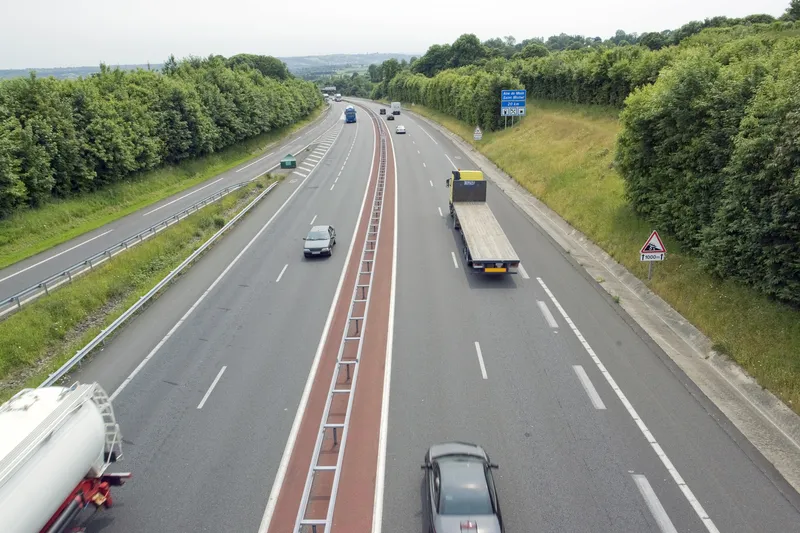Following the implementation of Kapsch TraffiCom’s tri-protocol reader on the Triangle Expressway, the North Carolina Turnpike Authority (NCTA) has become the first agency in the US to read all three US transponder technologies being considered for national interoperability in a tolling environment. In March, The Turnpike Authority and Kapsch signed the contracts to provide automatic vehicle identification equipment for current and future toll projects operated by NCTA. The new equipment maintains current i
August 24, 2017
Read time: 1 min
Following the implementation of
In March, The Turnpike Authority and Kapsch signed the contracts to provide automatic vehicle identification equipment for current and future toll projects operated by NCTA.
The new equipment maintains current interoperability and allows NCTA to read all transponders currently in circulation. It also allows NCTA to read new 6c transponders that are being issued free to customers.









